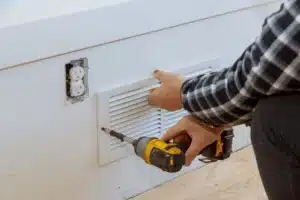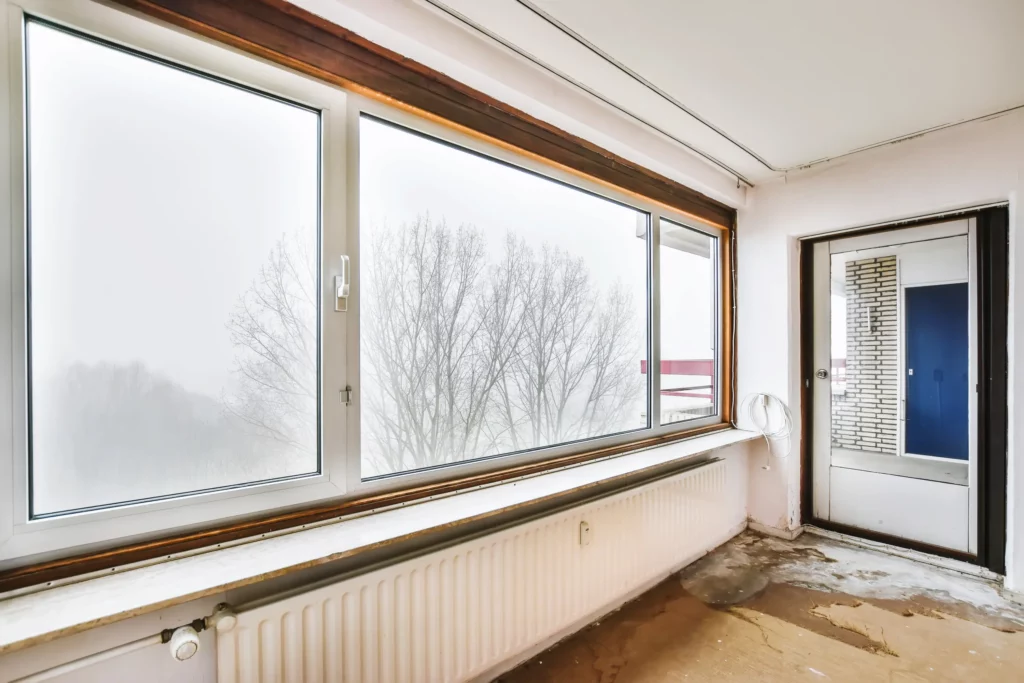
The importance of regular maintenance of ventilation systems in buildings is undeniable in a context where indoor air quality is of growing concern. These systems play a crucial role in ensuring air circulation, pollutant evacuation, and regulation of temperature and humidity within workspaces. However, without adequate maintenance, these devices can become sources of air pollution, leading to health issues for building occupants. This article explores in detail the importance of regular maintenance of ventilation systems and the necessary measures to ensure their proper functioning.
Health and Well-being of Occupants
Adequate and clean air circulation is essential to maintain a healthy work environment. Ventilation systems renew indoor air by removing pollutants, fine particles, and allergens. Regular maintenance of air filters and ventilation ducts ensures that the air circulating in the building is purified and free from harmful contaminants. Clean air helps prevent health problems such as allergies, respiratory issues, and respiratory infections, enhancing the well-being and productivity of occupants.
Energy Performance
Poorly maintained ventilation systems can lead to increased energy consumption and associated costs. Clogged or dusty filters reduce air flow, which can result in higher energy consumption needed to maintain required ventilation conditions. Additionally, dirty or improperly adjusted fans can decrease the overall energy efficiency of the ventilation system. Regular maintenance, including cleaning and replacing filters, dusting ducts, and adjusting fans, optimizes the energy performance of the ventilation system.
Sustainability and System Longevity
Regular maintenance of ventilation systems also contributes to extending their lifespan and avoiding costly breakdowns. The accumulation of dirt and dust in ducts and components can lead to obstructions and premature wear of parts. Regular inspections and cleaning of ducts eliminate dirt and debris that could hinder the proper functioning of the ventilation system. Moreover, regular checks of components such as fans, belts, and motors allow for the early detection and repair of potential problems before they turn into major failures.
Compliance with Standards and Regulations
Buildings are subject to strict standards and regulations regarding indoor air quality and occupant health. Regular maintenance of ventilation systems is essential to maintain compliance with these standards. Ventilation systems must be inspected and maintained according to manufacturers’ recommendations and applicable regulations. This includes checking system performance, cleaning filters, disinfecting ducts, and calibrating equipment. A regular maintenance program helps document the maintenance activities performed, which is useful for demonstrating compliance with regulations during inspections or audits.
Prevention of Mold and Bacteria Risks
Ventilation systems, if not properly maintained, can become breeding grounds for mold and bacteria. Accumulated moisture in poorly maintained ducts creates an environment conducive to the growth of harmful molds. These molds can release spores into the air, leading to health problems such as allergies, respiratory irritations, and lung infections. Regular maintenance, including duct cleaning and proper disinfection, is essential to prevent the proliferation of molds and bacteria, ensuring healthy indoor air.
Regular maintenance of ventilation systems in buildings is crucial to ensure a healthy, comfortable, and energy-efficient work environment. This contributes to preserving the health and well-being of occupants, optimizing the building’s energy performance, extending the lifespan of the ventilation system, and maintaining compliance with regulatory standards. A regular maintenance program, including cleaning, checking, and maintenance activities, helps prevent potential problems and avoid high repair or replacement costs.






About The Author: Web
More posts by web